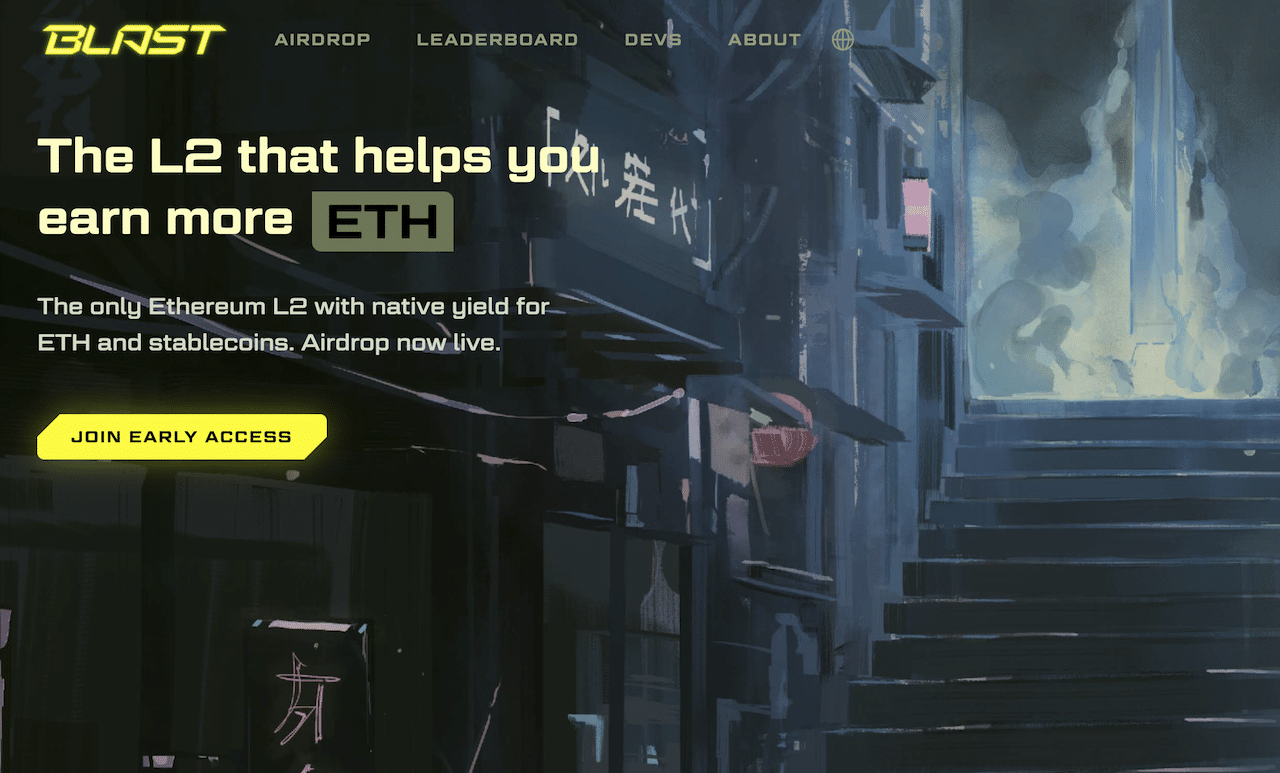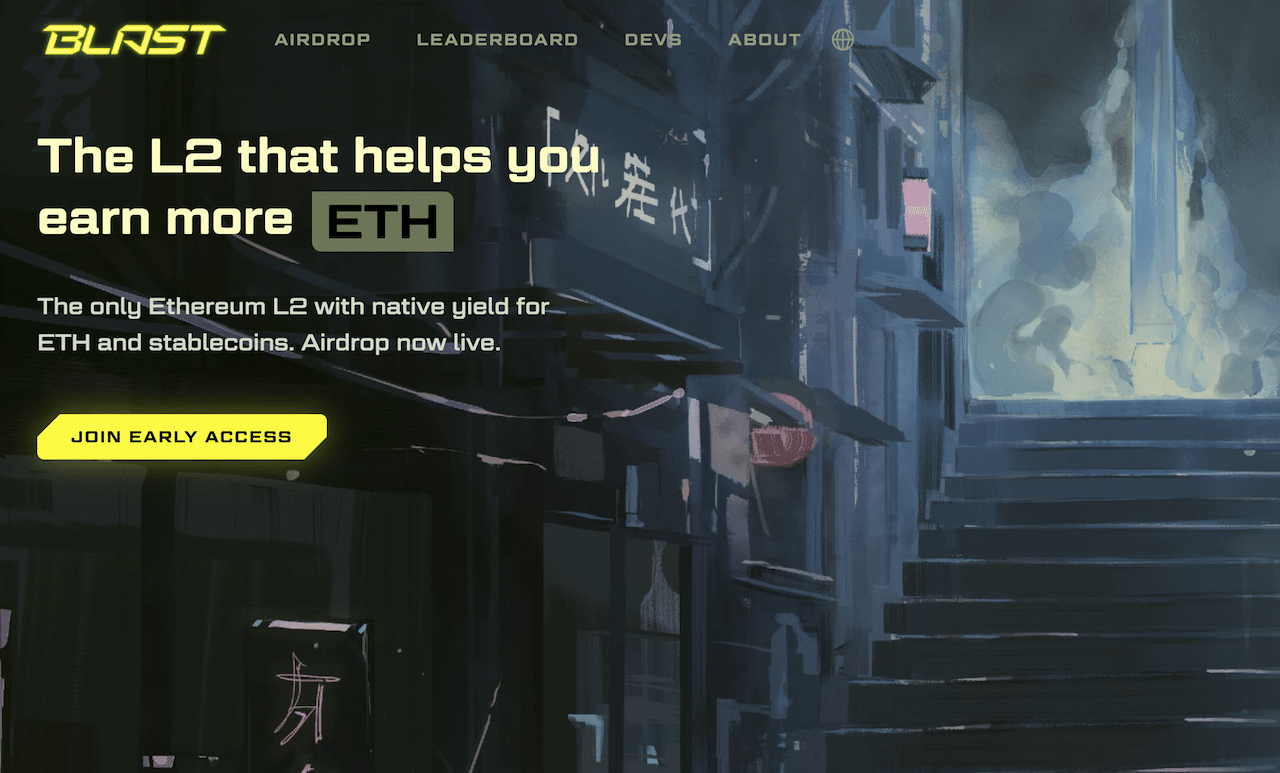New Ethereum Layer-2 Blast Closes in on Solana After Reaching $600 Million TVL in 10 Days
Last updated: November 29, 2023 20:53 EST
. 1 min read


The total value locked (TVL) on the newly launched Ethereum-based layer 2 network Blast has already closed in on Solana’s TVL after being live for just 10 days.
Judging from data from Defi Llama, Blast currently boasts an impressive TVL of $621.6 million, just below the $651.5 million TVL that Solana has.
News of the impressive milestone was shared on social media platform X by crypto researcher Evan Van Ness, who pointed out how Blast’s TVL has grown to match that of “the most hyped VC chain in history” in such a short time.
Blast now has more TVL in a week than the most hyped VC chain in history after 4 years https://t.co/4Tr8YWhyp0 pic.twitter.com/ySyoLdEF7a
— Evan Van Ness 🧉 (@evan_van_ness) November 28, 2023
Blast founded by NFT creator
For comparison, Solana is one of the most popular blockchains for smart contract development and DeFi applications in the crypto space, and the network has been around since Match 2020.
Blast, on the other hand, went live as recently as last week, and was founded by Tieshun “Pacman” Roquerre, who is also the founder of the non-fungible token (NFT) marketplace Blur.
The new network made headlines shortly after its launch when an unidentified whale deposited a massive 10,000 ETH to the network.
According to an X post from the team behind the network, the plan is for Blast to become the first Ethereum layer 2 platform to introduce a built-in yield model.
The project raised some $20 million in initial funding, and continued to see on-chain investments in excess of $55 million within hours of its launch.
Introducing Blast: The only Ethereum L2 with native yield for ETH and stablecoins.
We’ve raised $20m from @Paradigm and @StandardCrypto to build the L2 that helps you earn more.
Details on how to get early access at the end of the thread👇 pic.twitter.com/AYYmK8YFx4
— Blast (@Blast_L2) November 20, 2023
Criticism from Paradigm
Despite all the positive attention around Blast, the network has also received some scrutiny from the prominent venture capital firm Paradigm, outlined numerous issues with the scaling solution.
In a post on X, Paradigm’s Head of Research and General Partner Dan Robinson highlighted that the decision to launch the bridge before the layer-2 network and the three-month withdrawal restriction set an unfavorable precedent for other projects.
Robinson in his post also criticized the marketing strategy that Blast has chosen, saying “much of the marketing cheapens the work of a serious team.”
There are a lot of components of Blast that I’m excited about and would be interested in engaging with people on. That said, we at Paradigm think the announcement this week crossed lines in both messaging and execution. For example, we don’t agree with the decision to launch the…
— Dan Robinson (@danrobinson) November 26, 2023




